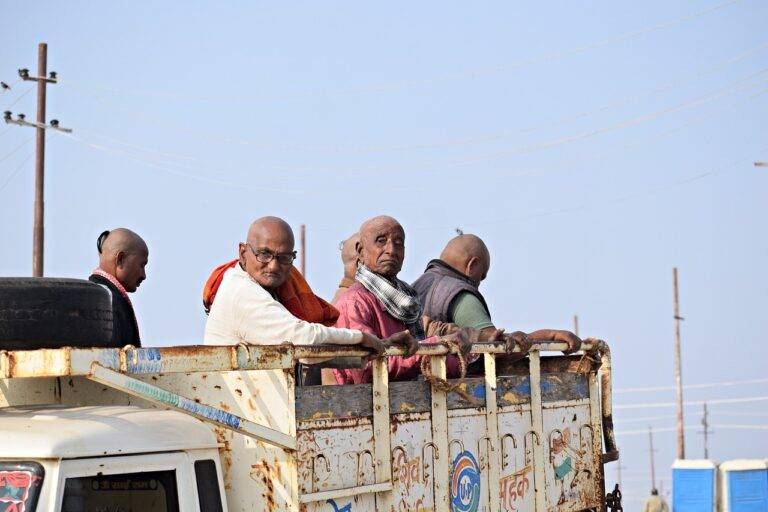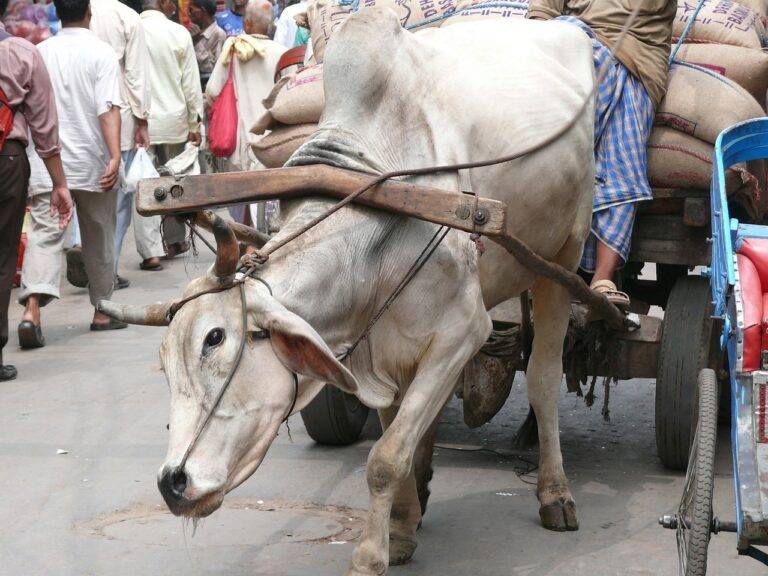Exploring Third-Party Candidates’ Impact
Third-party candidates often encounter significant hurdles when attempting to increase their visibility in the political arena. One major challenge is the limited access to mainstream media coverage and debates, which are primarily focused on candidates from the two major parties. Without the platform provided by major news outlets, third-party candidates struggle to reach a broader audience and attract voter attention.
Additionally, the existing two-party system in many countries creates a barrier for third-party candidates seeking visibility. Voters are often hesitant to support candidates outside of the established political parties, fearing that a vote for a third-party candidate may ultimately be wasted or split the vote. This mindset contributes to a cycle where third-party candidates struggle to gain momentum and attract the necessary support to increase their visibility on a national scale.
Historical Examples of Third-Party Candidates Shifting the Political Landscape
Ralph Nader, a prominent figure in the Green Party, made significant waves in the 2000 presidential election. His candidacy drew attention to environmental issues and corporate influence in politics. While Nader did not win the election, his presence highlighted the role of third-party candidates in bringing overlooked issues to the forefront of national discourse.
In 1992, Ross Perot, an independent candidate, ran a spirited campaign for the presidency. Perot’s focus on economic reform and balancing the federal budget resonated with many Americans. Although he did not win the election, Perot garnered a substantial portion of the popular vote, showcasing the potential impact of third-party candidates on the political landscape.
Why is it difficult for third-party candidates to gain visibility in the political landscape?
Third-party candidates often face challenges in gaining visibility due to limited media coverage, lack of access to debates, and a political system that favors the two major parties.
Can you provide examples of third-party candidates who have successfully shifted the political landscape?
Yes, historical examples include Ross Perot in the 1992 presidential election, Ralph Nader in the 2000 election, and Gary Johnson in the 2016 election, all of whom had an impact on the outcome of the election.
How have third-party candidates influenced major party platforms?
Third-party candidates have been known to bring new ideas and issues to the forefront of political discourse, forcing major parties to address these concerns in order to appeal to a broader base of voters.
What are some strategies that third-party candidates can use to increase their visibility?
Third-party candidates can increase their visibility by leveraging social media, participating in local debates and forums, and focusing on grassroots organizing to build support among voters.





